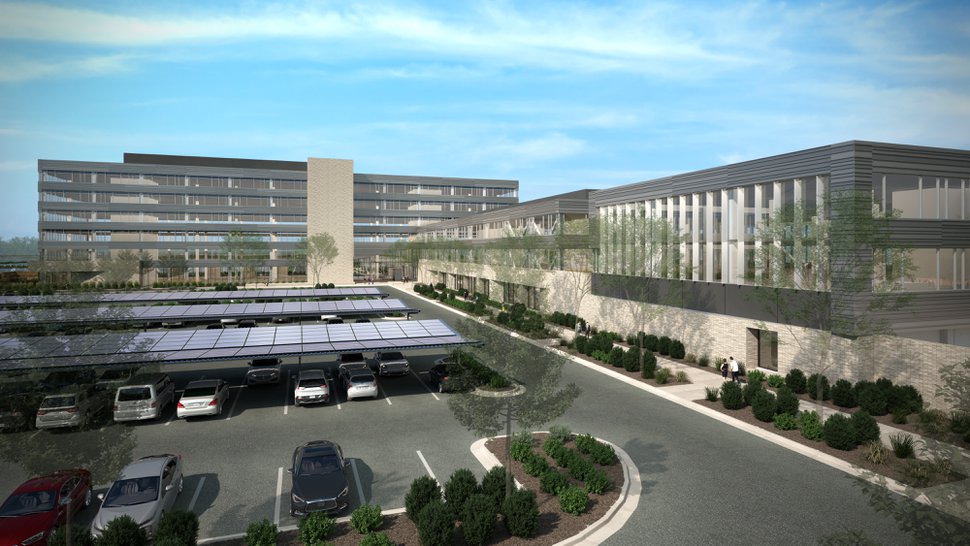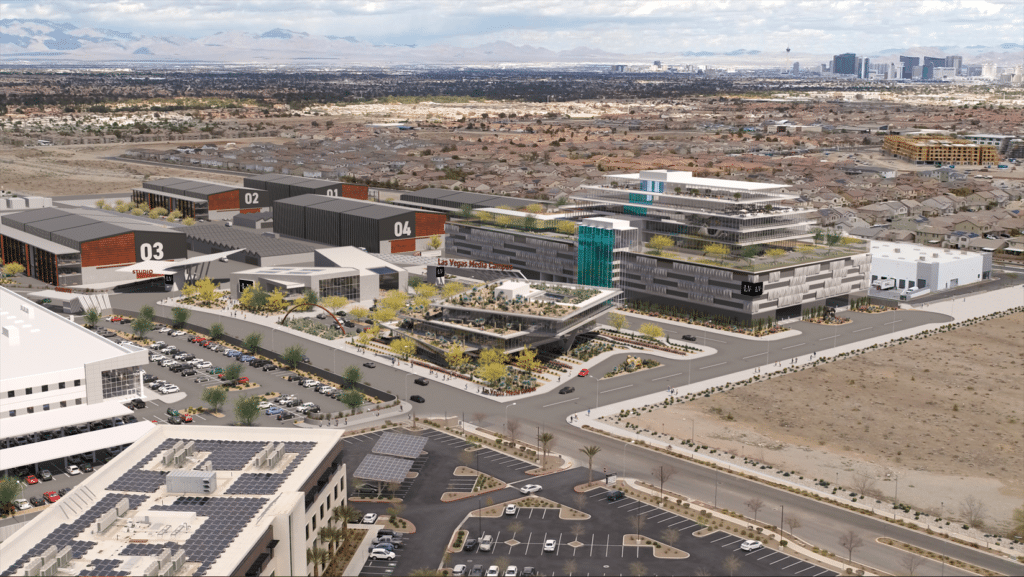Zions Bank said Wednesday it will build a high-tech campus and operations center on the former Sharon Steel superfund site in Midvale.
To be completed in the summer of 2022, the 400,000-square-foot campus will accommodate more than 2,000 of the regional bank’s employees from other sites and become Zions’ primary location, supporting digital services for customers across 11 Western states.
While reclaiming portions of a once-contaminated former steel mill site, the project also will be designed to compliment a regional habitat network developed along the Jordan River Parkway as part of prior cleanup efforts.
Zions Bancorp. Chairman and CEO Harris Simmons said the environmentally friendly campus would help the publicly traded company reduce its office costs while attracting new technology workers.
With large swaths of green space integral to its design, the campus will offer recreation opportunities, locker and shower facilities, shareable bikes and a café.
/cloudfront-us-east-1.images.arcpublishing.com/sltrib/ATCPOIAZPNFKZFFKMQMYLGZFVA.jpg)
In a statement, Gov. Gary Herbert said the site would have a big economic impact on Midvale, surrounding cities and the state.
“As Utah has gained a significant reputation for being a leader in the intersection of financial services and technology industries,” Herbert said, “this investment further validates that recognition and our unmatched business climate.”
The announcement also caps nearly 30 years of work by Midvale officials and the U.S. Environmental Protection Agency, which once listed the metals-contaminated Sharon Steel site and a nearby slag heap on its Superfund cleanup list.
The site saw active ore smelting from 1906 to 1971 that contaminated the air, soil and water with poisonous heavy metals, leading it to be labeled a national EPA clean-up priority in 1990.
After years and millions of dollars of remediation — including moving, lining and capping at least 10 million cubic yards of tainted soil — the land was taken off the Superfund list in 2004. A top EPA official said in 2018 the site no longer poses a risk to humans or the environment.
After extensive talks on how the site might be developed, EPA officials made Midvale the supervising agency over the land.
Mayor Robert Hale has said Midvale envisions “a great community expansion” on the reclaimed land, with potential to bring jobs, talented professionals and economic growth to the suburban community south of Salt Lake City.
That wider site has seen residential and commercial development, in the form of View 72, a housing, office and retail cluster at Bingham Junction, and, more recently, a redevelopment and housing project dubbed Jordan Bluffs.
The Zions campus, meanwhile, will be constructed and operated with sustainability in mind, officials said.
Crews with Okland Construction and Layton Construction will build according to top environmental standards, known as Platinum LEED, deploying low-emissions materials, triple-pane exterior glass and efficient heating and cooling systems.
Nearly 75% of the Zions center’s electricity will be produced by on-site solar panels. The campus, located near the Historic Gardner Village light rail station, will also feature electric charging stations.
The bank estimated that construction would employ up to 1,500 workers.
Zions said the campus will let the bank eliminate use of up to 520,000 square feet of office spaces in 11 smaller facilities across the region, for more than 20% savings on its office costs.
Headquartered in Salt Lake City, Zions Bancorp. operates in 11 states across the Intermountain West, with $2.8 billion in yearly net revenues and more than $70 billion in total assets.



